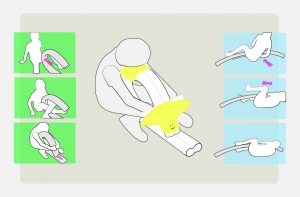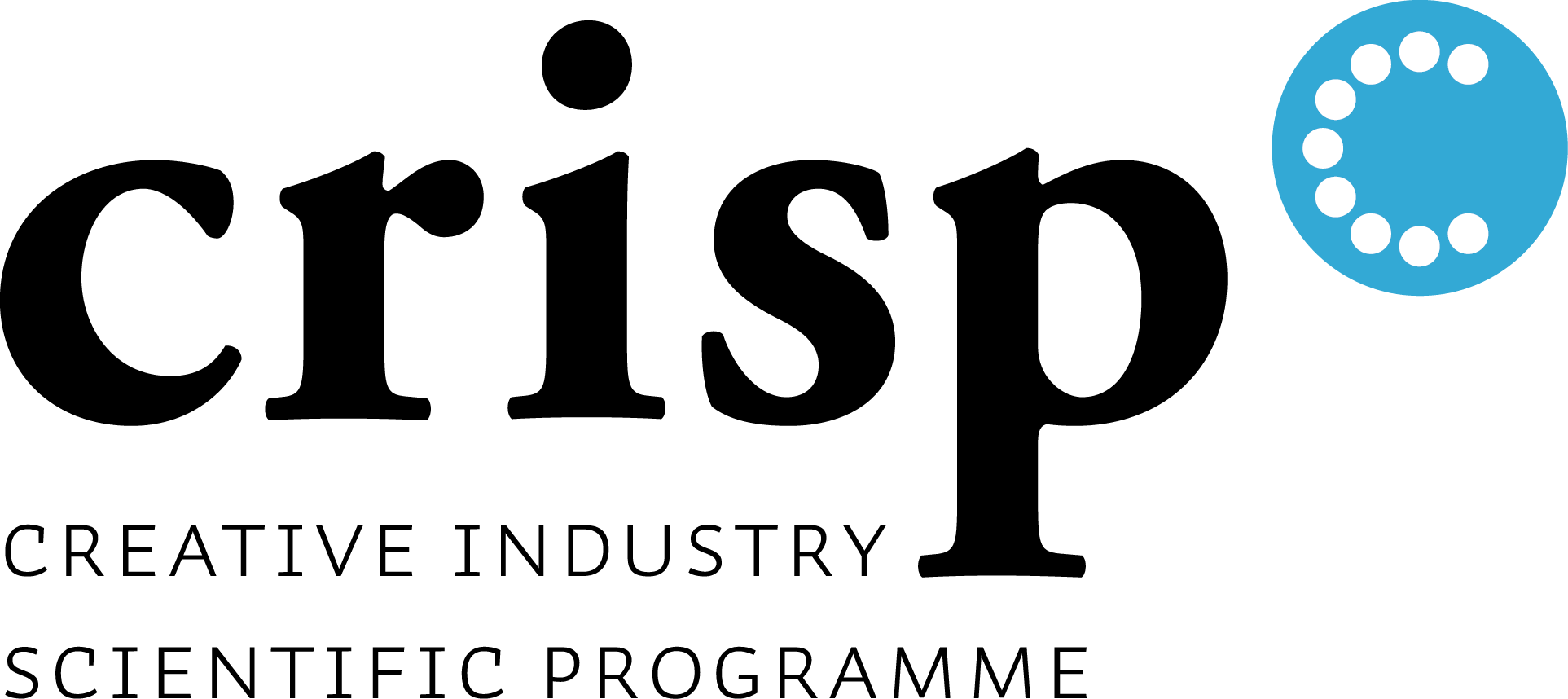 Experience of Lumbar Puncture for Children
Experience of Lumbar Puncture for Children
This graduation project is executed for the pediatric hospital Sant Joan de Déu in Barcelona, to improve the experience of lumbar puncture for children between eight and eleven years old. Initially, a literature study is carried out to understand the context, the opportunities, and the requirements of this medical method. Lumbar Puncture is a diagnostic method, in which a sample of cerebrospinal fluid (CSF) is collected between two vertebrae at the lumbar region of the back. Before the physician enters the intervertebral space, the child has to obtain a sitting or lying position with a curved back in order to give room for the needle to enter. It is a very delicate process in which a nurse locks the child to keep him from moving. In practice, some children experience a difficult time while the nurse tries to force them into the right position. As the child tries to move, the chance of a failed puncture increases and the physician may need multiple attempts, giving the child a higher chance of getting side effects afterwards, and, therefore, a possible traumatic experience.
To get insights into possibilities to improve this experience for the child, qualitative research is done at two hospitals (Sant Joan de Déu, Barcelona and LUMC, Leiden). This research is aimed at understanding the different perspectives of the users attending this process; the child with their parents, physician and nurse. The outcome of this research gives an overview of the problem, divided into three main elements: (1) discomfort of the position; (2) bodily reflex; and (3) anxiousness from the needle. After analysing the anxiousness through the reversal theory, three main causes were found: (a) discomfort of being caught by the nurse; (b) ineffective communication; and (c) distraction. With these findings, the problem definition was created together with the following interaction vision: “I want the child to feel like Mowgli, sitting on his protective friend Baloo the bear (Junglebook)”, and transmitting the following interaction qualities: comfort, calmness, trust, control, playfulness.
During the ideation phase, ideas were generated with an iterative approach to create an integrated solution; designing a persuasive, physical, and emotional support. To create a solution for the anxiousness of the child, a protective frame is created by looking at player types from Gamification literature. Their motivations are translated into solutions to help children holding on to the journey of a lumbar puncture. A selection of ideas is used in a generative session with children and the ideas are, afterwards, developed. In a second session with children, models of concepts are tested and the outcome is evaluated with the hospitals.
A final concept which aims to improve the experience of the child by a fantasy journey is chosen. It consists out of three elements: (1) a travel booklet with tips from previous children and small exercises to transmit trust in a playful way; (2) a visual overview of the fantasy journey with clear visual steps for the child; (3) a customizable protective buddy.
In the last phase of the design project, the design elements are improved and developed with the outcome of the test results. The travel kit is evaluated with pediatric pedagogues from the LUMC and a prototype of the full journey was made to carry out an assessment at hospital Sant Joan de Déu in a semi-realistic setting. All in all, it shows that the experience can be improved as aimed for. Recommendations are given, focussing on further development to also persuade the highly anxious children.
Paul Nannen
paul.nannen@gmail.com
Molenbroek, J.F.M., Vegt, N.J.H.
master thesis, August 2014


